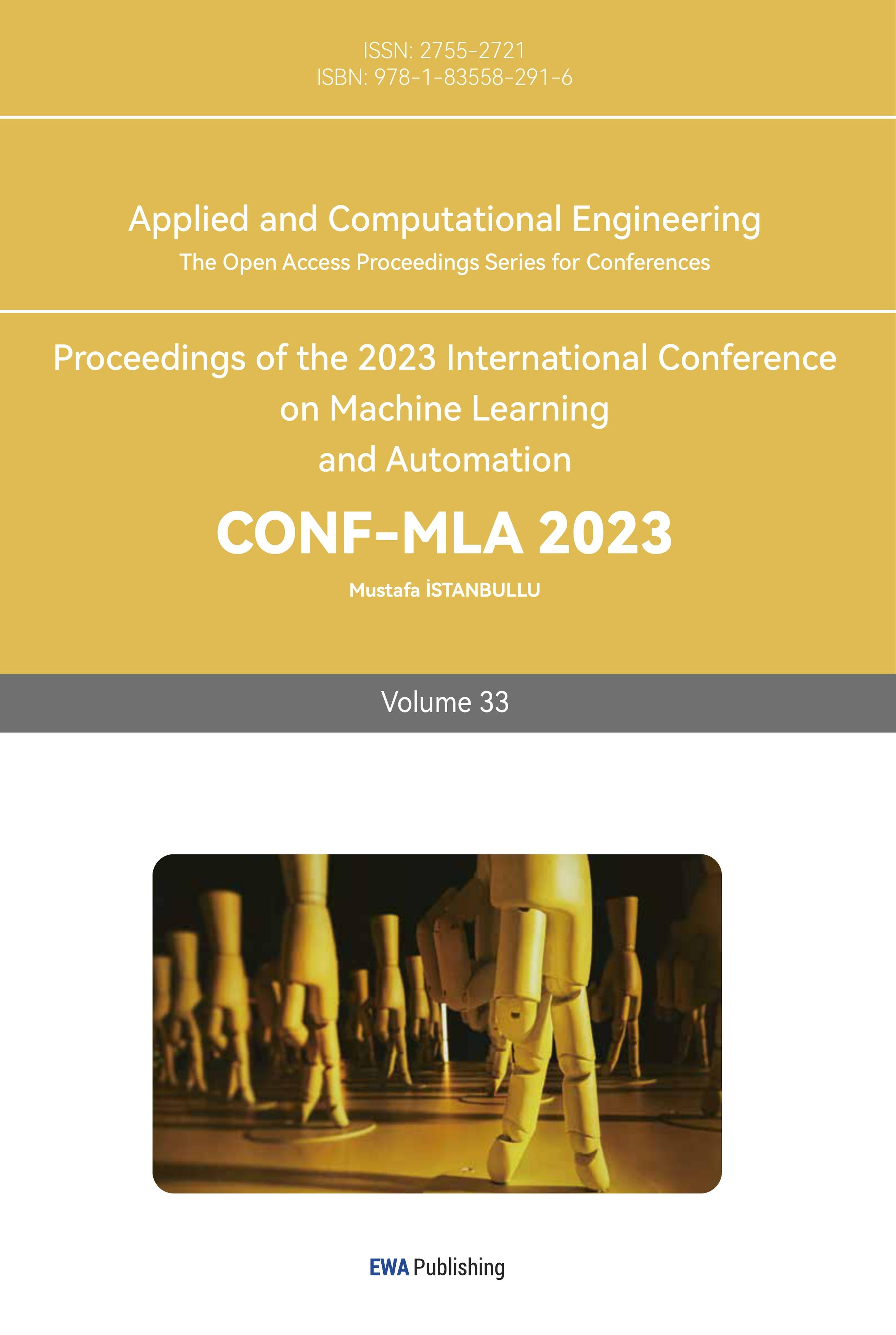References
[1]. Naim A Lahav O Sodre Jr L Storrie-Lombardi M C 1995 Automated morphological classification of APM galaxies by supervised artificial neural networks Monthly Notices of the Royal Astronomical Society 275(3): pp 567-590
[2]. Owens E A Griffiths R E Ratnatunga K U 1996 Using oblique decision trees for the morphological classification of galaxies Monthly Notices of the Royal Astronomical Society 281(1): pp 153-157
[3]. Dieleman S Willett K W Dambre J 2015 Rotation-invariant convolutional neural networks for galaxy morphology prediction Monthly notices of the royal astronomical society 450(2): pp 1441-1459
[4]. Kim E J Brunner R J 2016 Star-galaxy classification using deep convolutional neural networks Monthly Notices of the Royal Astronomical Society 464(4): pp 4463–4475
[5]. Zhu X P Dai J M Bian C J Chen Y Chen S Hu C 2019 Galaxy morphology classification with deep convolutional neural networks Astrophysics and Space Science 364: pp 1-15
[6]. Lin J Y Y Liao S M Huang H J Kuo W T Ou O H M 2021 Galaxy Morphological Classification with Efficient Vision Transformer arXiv:2110.01024
[7]. Mehta S Rastegari M 2021 Mobilevit: light-weight, general-purpose, and mobile-friendly vision transformer arXiv:2110.02178
[8]. Leung H W Bovy J 2019 Deep learning of multi-element abundances from high-resolution spectroscopic data Monthly Notices of the Royal Astronomical Society 483(3): pp 3255-3277
[9]. Willett K W Lintott C J Bamford S P et al 2013 Galaxy Zoo 2: detailed morphological classifications for 304 122 galaxies from the Sloan Digital Sky Survey Monthly Notices of the Royal Astronomical Society 435(4): pp 2835-2860
[10]. Loshchilov I Hutter F 2017 Decoupled weight decay regularization arXiv:1711.05101
Cite this article
Tan,X. (2024). Accurate and efficient galaxy classification based on mobile vision transformer. Applied and Computational Engineering,33,118-125.
Data availability
The datasets used and/or analyzed during the current study will be available from the authors upon reasonable request.
Disclaimer/Publisher's Note
The statements, opinions and data contained in all publications are solely those of the individual author(s) and contributor(s) and not of EWA Publishing and/or the editor(s). EWA Publishing and/or the editor(s) disclaim responsibility for any injury to people or property resulting from any ideas, methods, instructions or products referred to in the content.
About volume
Volume title: Proceedings of the 2023 International Conference on Machine Learning and Automation
© 2024 by the author(s). Licensee EWA Publishing, Oxford, UK. This article is an open access article distributed under the terms and
conditions of the Creative Commons Attribution (CC BY) license. Authors who
publish this series agree to the following terms:
1. Authors retain copyright and grant the series right of first publication with the work simultaneously licensed under a Creative Commons
Attribution License that allows others to share the work with an acknowledgment of the work's authorship and initial publication in this
series.
2. Authors are able to enter into separate, additional contractual arrangements for the non-exclusive distribution of the series's published
version of the work (e.g., post it to an institutional repository or publish it in a book), with an acknowledgment of its initial
publication in this series.
3. Authors are permitted and encouraged to post their work online (e.g., in institutional repositories or on their website) prior to and
during the submission process, as it can lead to productive exchanges, as well as earlier and greater citation of published work (See
Open access policy for details).
References
[1]. Naim A Lahav O Sodre Jr L Storrie-Lombardi M C 1995 Automated morphological classification of APM galaxies by supervised artificial neural networks Monthly Notices of the Royal Astronomical Society 275(3): pp 567-590
[2]. Owens E A Griffiths R E Ratnatunga K U 1996 Using oblique decision trees for the morphological classification of galaxies Monthly Notices of the Royal Astronomical Society 281(1): pp 153-157
[3]. Dieleman S Willett K W Dambre J 2015 Rotation-invariant convolutional neural networks for galaxy morphology prediction Monthly notices of the royal astronomical society 450(2): pp 1441-1459
[4]. Kim E J Brunner R J 2016 Star-galaxy classification using deep convolutional neural networks Monthly Notices of the Royal Astronomical Society 464(4): pp 4463–4475
[5]. Zhu X P Dai J M Bian C J Chen Y Chen S Hu C 2019 Galaxy morphology classification with deep convolutional neural networks Astrophysics and Space Science 364: pp 1-15
[6]. Lin J Y Y Liao S M Huang H J Kuo W T Ou O H M 2021 Galaxy Morphological Classification with Efficient Vision Transformer arXiv:2110.01024
[7]. Mehta S Rastegari M 2021 Mobilevit: light-weight, general-purpose, and mobile-friendly vision transformer arXiv:2110.02178
[8]. Leung H W Bovy J 2019 Deep learning of multi-element abundances from high-resolution spectroscopic data Monthly Notices of the Royal Astronomical Society 483(3): pp 3255-3277
[9]. Willett K W Lintott C J Bamford S P et al 2013 Galaxy Zoo 2: detailed morphological classifications for 304 122 galaxies from the Sloan Digital Sky Survey Monthly Notices of the Royal Astronomical Society 435(4): pp 2835-2860
[10]. Loshchilov I Hutter F 2017 Decoupled weight decay regularization arXiv:1711.05101









